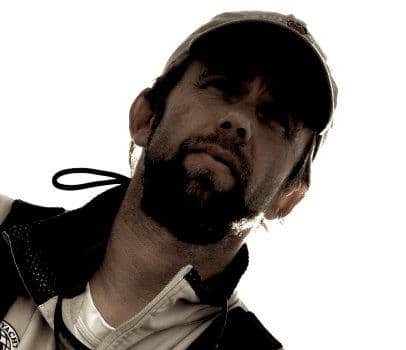
120613_Stu_at_helm_crop
__Senior editor Stuart Streuli is sailing with Phil and Wendy Lotz’s Swan 42 _Arethusa for 2013 Quantum Key West Race Week._
During the glory days of Quantum Key West Race Week, no one worried about class size, at least in terms of it being too small. So many boats made the trip down to the end of U.S. 1, every class had critical mass, and there were always plenty of people to race against. In retrospect, we never realized how special a time that was. The growth of this event seemed so organic, so natural, many of us took it for granted. Now we know: Three-hundred-boat race weeks don’t appear out of mid air. They are carefully nurtured and also benefit from a significant amount of good fortune.
When the numbers fell off, people wondered what went wrong. It was a valid conversation. But in the case of the Key West Race Week, it became the dominant conversation, with many people expending too much energy predicting the impending doom of one of sailing’s great events. Even at half its peak, Key West Race Week is still a great event.
Fortunately, especially for those of us who find ourselves in Key West again this January, the event has persevered.
I’m sailing this week in the Swan 42 class. We have seven boats competing; which isn’t not going to make anyone stand up and take notice—the annual nationals in Newport, R.I., usually pull in twice that or more. But we’re not alone in that regard. The Farr 40s are here with six boats, as are the TP 52s. The J/80s have four, and there are just two mini maxis in Key West. The Melges 32 class had 30-plus boats at its worlds in Newport a few months ago; 11 of them will sail this week.
For many teams, this regatta won’t be the biggest event of the year. Many teams will hope to come away with a victory AND some knowledge and/or experience that will help then in another event later in the year.
But fortunately, the fun factor isn’t directly proportional to fleet size. Everyone would like bigger fleets, but no one is spending a lot of time moping about the lack thereof. And winning isn’t likely to be any easier.
The teams that have made the trip down here are not taking it lightly. Good crew is easy to recruit for Key West, and most teams have spent the past few days practicing. Boathandling will be sharp.
Smaller fleets can also be liberating. There’s no reason to miss an opportunity to hurt an opponent. In a big fleet, people often will avoid making enemies, especially early in a regatta. In a seven-boat fleet, everyone is fair game; no one expects any favors. If you have the chance to hurt someone, you do it.
In a big fleet losing a boat or two is often no big deal. The memorable races often include passing a handful of boats with one tactical move or great maneuver. In a small fleet, however, every point counts. Grinding all race to move from fourth to third, or to turn a seventh into a fifth, may not sound all that exciting, but its moves like that which will win the regatta.
Earlier in the day, I caught a bit of the panel discussion involving some U.S. sailors. Terry Hutchinson made a great observation. We will be in last place, he said, at one point during this regatta, probably more often than that. This doesn’t happen in a big fleet, the top teams rarely find themselves outside the top half. But here it will. The key to winning this regatta is to dig back a few places when it happens. And to not get discouraged when you look over your transom and see only blue water.
If anything, that view—of the aquamarine landscape off Key West—should provide the ultimate motivation. It’s January. Most of the country is firmly in the grips of winter. Big fleets or small, there’s no other place any sailor would rather be.









